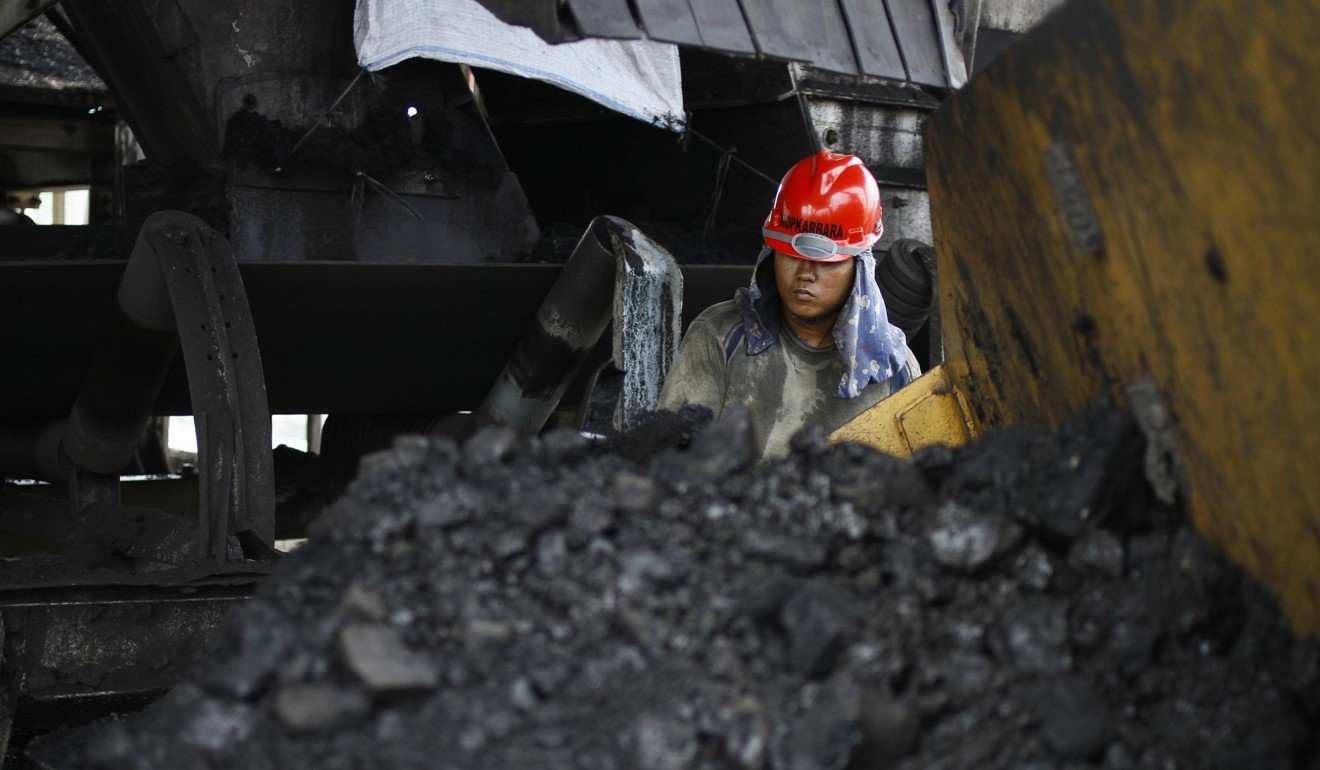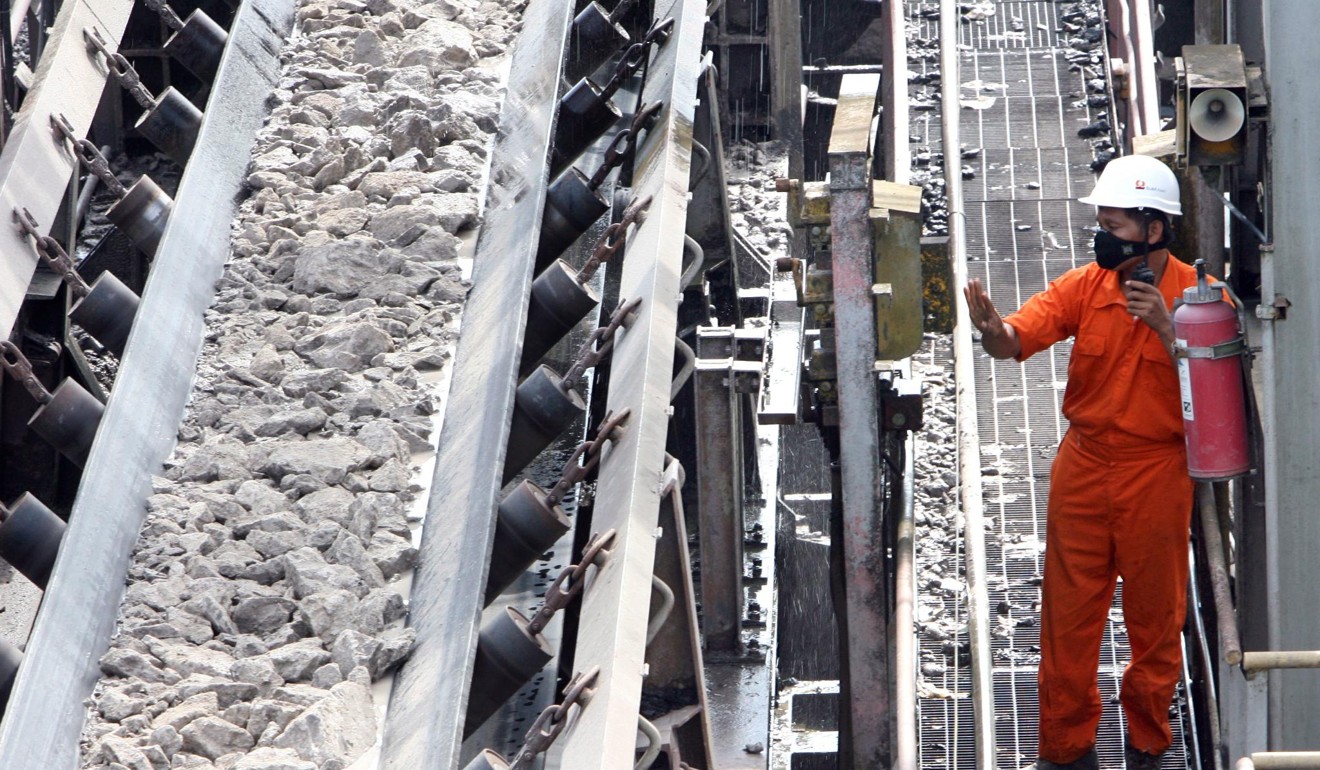In the next 10 years, almost half of Indonesia’s population will enter the work force. Only three in 10 people will not be of working age by 2030. Conventional poverty rates are declining, millions are moving into cities each year. The island nation’s labour force will surge, and with it, disposable income and energy demands.
The picture is similar elsewhere in Southeast Asia, but while its neighbours have spent years developing clean energy options,
Indonesia has not negotiated a new renewable energy contract in three years.
Indonesia’s room for growth means it will be the largest contributor to the region’s ballooning energy demand, joining India and China as a global hotspot for power needs. Indonesia, which is Southeast Asia’s most populous nation with more than 250 million people, expects its electricity needs to almost double in the next 10 years, tripled from 2010. But its heavy reliance on fossil fuels, the highest in the region, means it may offset the rest of the region’s positive growth toward renewable energy.
But there’s some hope in sight. Indonesia expects an end to stalled clean energy growth in March, when a ministry regulation aims to attract renewables investment that has so far preferred the welcoming arms of neighbours like Malaysia and Vietnam.
It’s the “deciding year” for Indonesian clean energy, says Fabby Tumiwa, director of the think tank Institute for Essential Services Reform in Jakarta. Indonesia’s lag behind its neighbours has made much more difficult its goal to reach 23 per cent renewables from 12 per cent in its energy mix by 2025, he says.
“If you want to accommodate this 23 per cent target by 2025, starting in 2020, 80 per cent of the new energy capacity has to come from renewables,” Tumiwa says. Currently, less than 10 per cent of annual added power capacity is renewable.
President Joko Widodo hinted last year that reducing coal would become a national policy and has indicated in public speeches that sustainability is a national goal. For the 23 per cent goal to be met, however, the country may also need to cancel coal projects already in the construction pipeline, Tumiwa says.

Researchers also note that some grids are already at capacity but continue to see coal development, such as the Java-Bali system seeing the addition of a Chinese-owned 2,000 MW coal plant.
The March regulation aiming to reignite the interest in renewables is expected to address previous regulations that were seen to make clean energy financially unviable. In September, parliament also has an option to advance the country’s first unified renewable energy law that would guide policies on clean development.
For Tumiwa, it was the regulations in 2017 that “killed” incentives for investors to create clean energy projects. Without a renewables law, investors await ministerial regulations that can change multiple times within a year.
In a 2018 PwC report, 94 per cent of investors believed that regulatory uncertainty was a major barrier to investing in new large-scale power generation.
In 2017, two regulations shook interest in energy investment in the country, as they mandated that the state-owned power company, PLN, buy renewable energy only up to 85 per cent of the standard price of energy.
“What renewable can meet that price?” Tumiwa asks. That, in addition to shifting risk management from PLN to private companies, made many projects unbankable.
The Indonesian government believes that as a developing country, cheap electricity takes priority over environmental concerns. Coal provides 58 per cent of the country’s power, targeted at boosting the electrification ratio, which officials say now stands at 98 per cent, although some doubt the figure. Elrika Hamdi, an energy finance analyst at think tank International Energy Economics and Finance Analysis, doubts the price of coal reflects its true cost.

“It is often heard from the ministry that coal is cheap and renewable is expensive, which means they expect renewables to play on the same level as coal. The claim is not exactly right, and coal is only cheap because there are certain costs that haven’t been included in the price calculation,” Hamdi says.
“Indonesia does not yet have any carbon tax or carbon pricing mechanism. If we had, like in OECD countries or even in developing countries like Chile and Mexico, where they make polluters pay for each ton of CO2 emitted, then all these coal power plants would be paying more.”
The March regulation will balance the interests of investors who want to build clean energy in the country and PLN, which Hamdi describes as a “big, old, heavy dinosaur”. Electricity generation falls under the purview of PLN, including off-grid power, across 17,000 islands and remote mountainous hamlets.
“Legally, PLN retains the rights to manage the end-to-end power sector in Indonesia, from power generation to transmission-distribution to retail,” Hamdi adds. “However PLN’s capital is limited. Indonesia is so big, so vast, with so many people, it needs a lot of investment.”
Micro-hydropower and solar power, research says, have the greatest potential in Indonesia of all Southeast Asia, but combined make up less than 3 per cent of the energy mix. Small, off-grid power generators may be the cheapest way to spread electrification, but PLN has focused on expanding transmission lines. Reaching 100 per cent electrification may reduce the pressure in rural areas to migrate to cities.
To ensure laws and regulations accommodate both small and large power projects, Grita Anindarini, a researcher at the Indonesian Centre for Environmental Law, says community involvement is key. The country may rush to make up for lost time and neglect the input of civil society groups that would advocate for smaller projects that would be more appropriate for Indonesia’s difficult geography, she says.
“If you look at the scope of regulations, it’s not yet apparent how they can make community-scale power available. We need to open up as much public participation as possible.”

